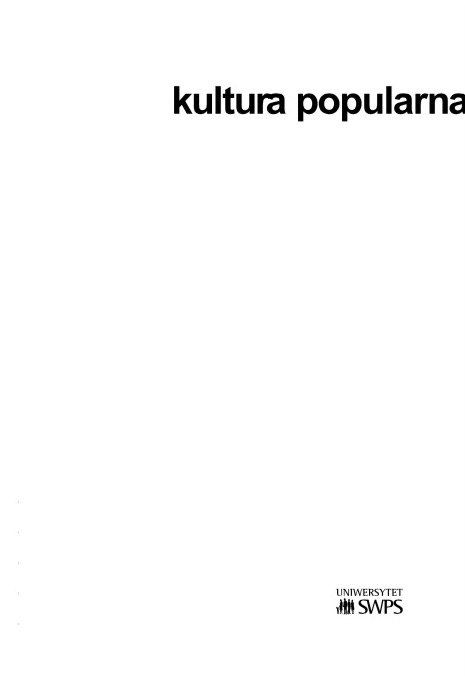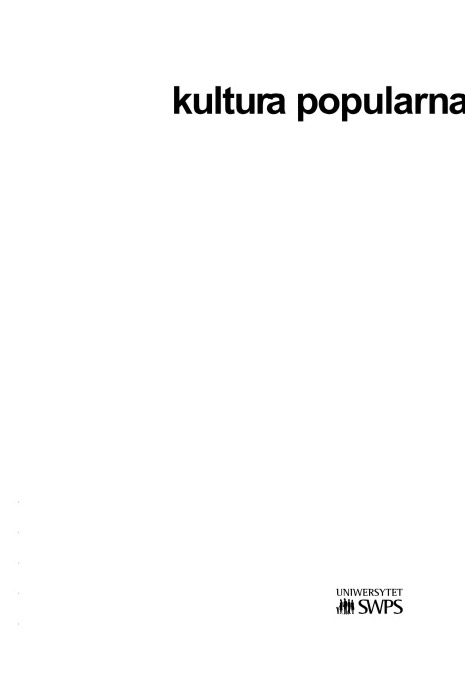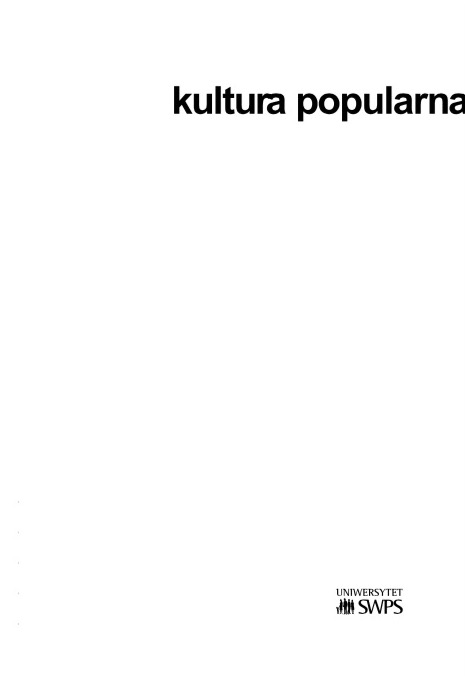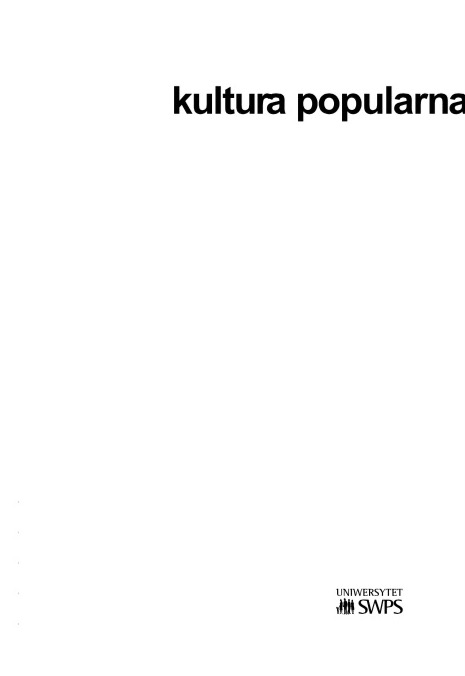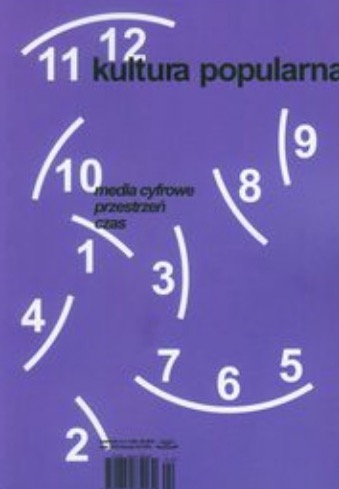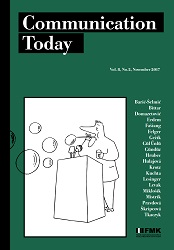
THE CONCEPT OF VIRTUAL NATIONALISM IN THE DIGITAL AGE: SOCIAL MEDIA PERSPECTIVES OF TURKEY
The widespread use of computer-based technologies, mostly the Internet, constitutes a new dimension in the study of virtual nationalism. The use of distance-and time-shrinking information technologies – such as social media, virtual communities and websites of nationalist groups – has changed the structure and context of nationalism as well as the scholarly discourse on related topics in the digital age. Social media enable identity expression, exploration and experimentation; phenomena that are considered natural for the human experience. It is necessary to acknowledge that there are many different factors which inspire and shape the Internet communities and interactions they make within themselves. It is essential to comprehend the motives behind these influences in order to understand the group interactions on social media platforms. In this study the authors focus on the nationalist discourse in virtual communities and on social media; mainly the opposition and resistance manifestations in the cultural and social contexts are discussed. The authors thus offer a set of theoretical outlines on the given topic and base their analysis of some nationalists’ social media posts on the inductive method of inquiry. The study also concentrates on the need to figure out the negative consequences of such social media sharing in relation to various virtual groups and general users.
More...
